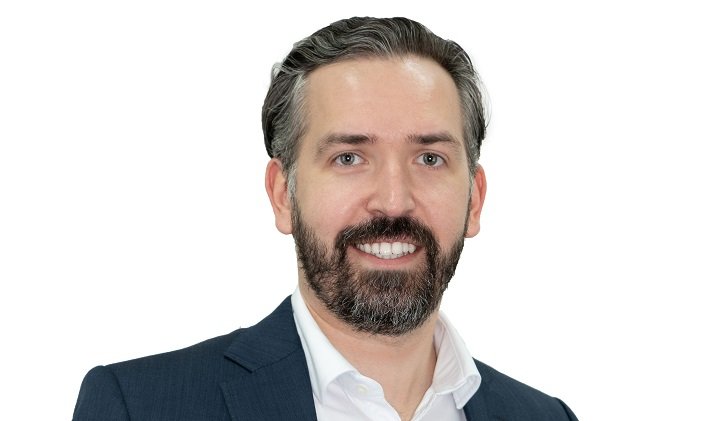
Enhancing regional transport security with face recognition
Alexander Belyaev, Technical Director at NNTC discusses how artificial intelligence (AI) is being implemented into video surveillance systems. In line with Dubai’s ‘Oyoon’ (‘Eyes’) project, AI-assisted video surveillance designed to tackle crime in the city and help reduce roadside deaths and traffic jams.

Today, in big cities, there are hardly any crowded areas left without standard video cameras and thus video surveillance systems. They help to monitor and investigate incidents, but, unfortunately, play little to no role in preventing them. This is why for past several years we see a booming development of video analytics solutions which are capable of capturing and identifying a car in traffic flow or an individual in a crowd, as well as their features and behavioral patterns. By 2019, facial recognition and video analytics technology became more sophisticated and reliable for its industrial applications. You can now call it person recognition as it also can recognize the way of walking and clothes worn.
According to the research company MarketsandMarkets, artificial intelligence (AI) technology is expected to exceed $35 billion in revenue in the global security market by 2024. One of the top AI use cases is related to video surveillance systems with computer vision. UAE takes active steps towards the integration of AI into smart city solutions. For example, Dubai is working on the ‘Oyoon’ (‘Eyes’) project, AI-assisted video surveillance designed to tackle crime in the city and help reduce roadside deaths and traffic jams.
Video surveillance systems powered by biometric identification are experiencing tremendous growth, as it is a technology that can identify a person by checking multiple parameters and finding a match across hundreds of thousands of images within various security-related agencies’ databases. In addition, such systems can serve many other purposes. Financial institutions leverage biometrics for customer authentication, while retailers use it to offer personalized ads.
Furthermore, there is no substitute for this technology when it comes to public safety. For example, people on the wanted list can be found among thousands of passengers at the airport or at the train station in real time. Many countries make exceptions in their legislation for biometric data processing consent requirements when the matters of transport security, counter-terrorism, and search for criminals are concerned. Systems analyze airport passenger traffic captured by cameras that comprise travelers, people seeing somebody off, and airport employees, and process an enormous number of biometric data over a year (up to tens of millions of people). If the system identifies a wanted person, law enforcement officers receive instant notification.
The task is not simply to “recognize the face”, but to highlight it in the crowd right here and right now in the real-life lighting conditions, and then instantly check the images against the wanted lists in the relevant databases while ensuring the highest possible accuracy of such a comparison.
Another case that allows exceptions in biometric data processing relates to searching for long-term missing people. Just one photo of a missing person can help in searching where and when has s/he been (and was captured by a camera) the last time, and who accompanied that person.
Deploying video surveillance with biometric identification in the transport sector
UAE has the advantage in terms of deploying face recognition as there are cameras installed almost everywhere which can be used for this purpose. But also, there are different kinds of challenges in achieving the task.
First of all, the number of people in transport. There are hundreds of thousands of people every day, which means that implemented solutions should be capable to work in these conditions.
Secondly, the infrastructure should be also huge requiring hundreds or even thousands of cameras. That makes up a challenge even for a competent solution provider to design it in an optimal way.
Thirdly, installing the solution for security agencies, we should clearly understand not only how to deploy the system, but also how to integrate it into their internal processes, taking into account the specifics of their operations.
Also, there are a lot of smaller technical tasks to solve like dealing with the facilities that have already been constructed. For biometric identification purposes, cameras have to be mounted at a certain height and at a certain angle, not to mention the lighting settings – all being crucial for image quality and face recognition accuracy. Sometimes even fixing cameras turns out to be a difficult task, like when standard fasteners are not good, so you have to design your own fastenings. Additionally, often there are communication tasks to deal with: networks deployment, fine-tuning and cybersecurity.
And lastly, today’s technologies already allow us to create systems that will allow to automatically recognize people without the use of any paper documents just by face and iris on a country level. So now we are entering into a stage when applications of these solutions should be identified and will help in achieving the top security and safety levels but also to solve the issues and questions with privacy and unrightful use of the gathered data.